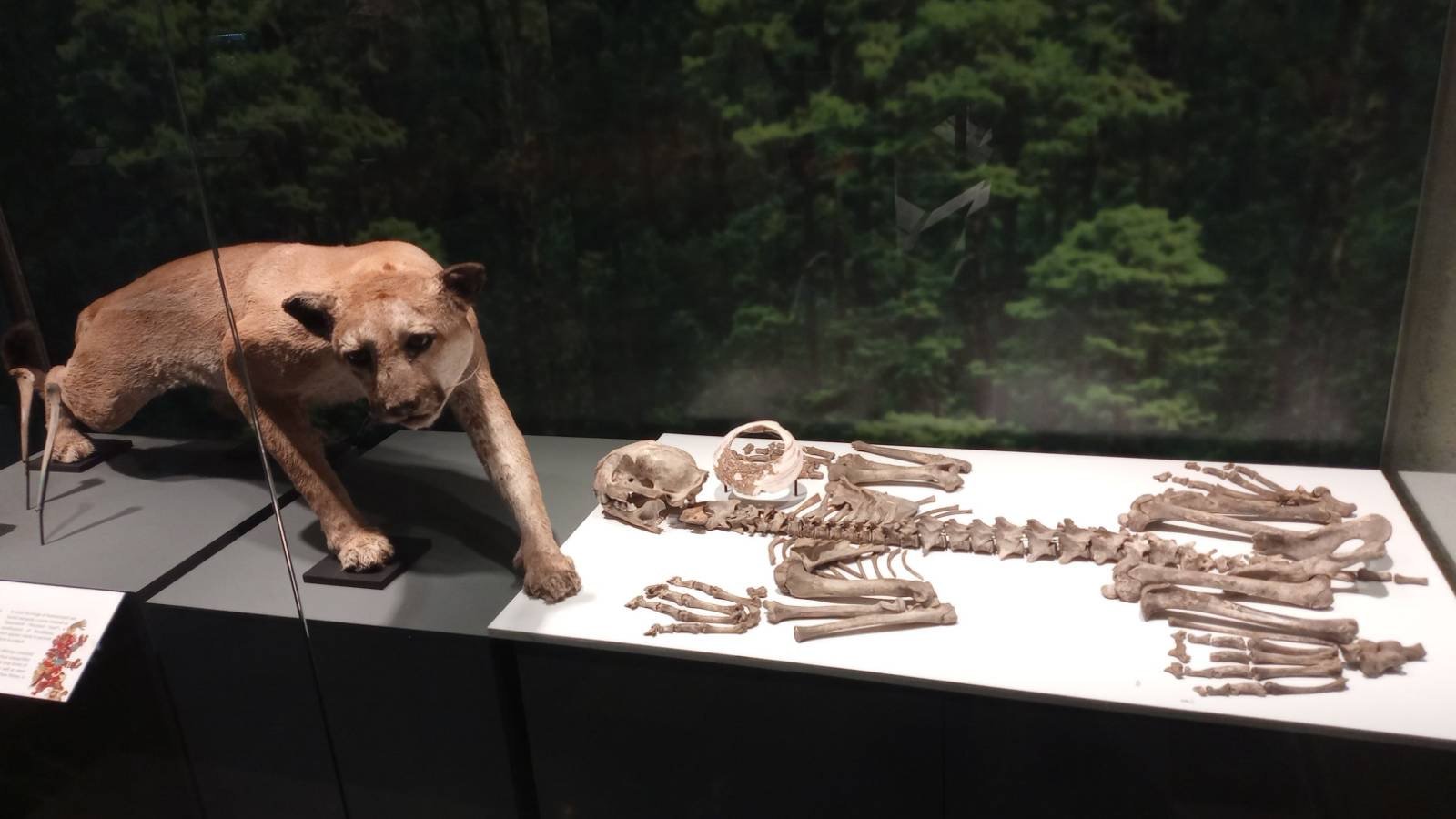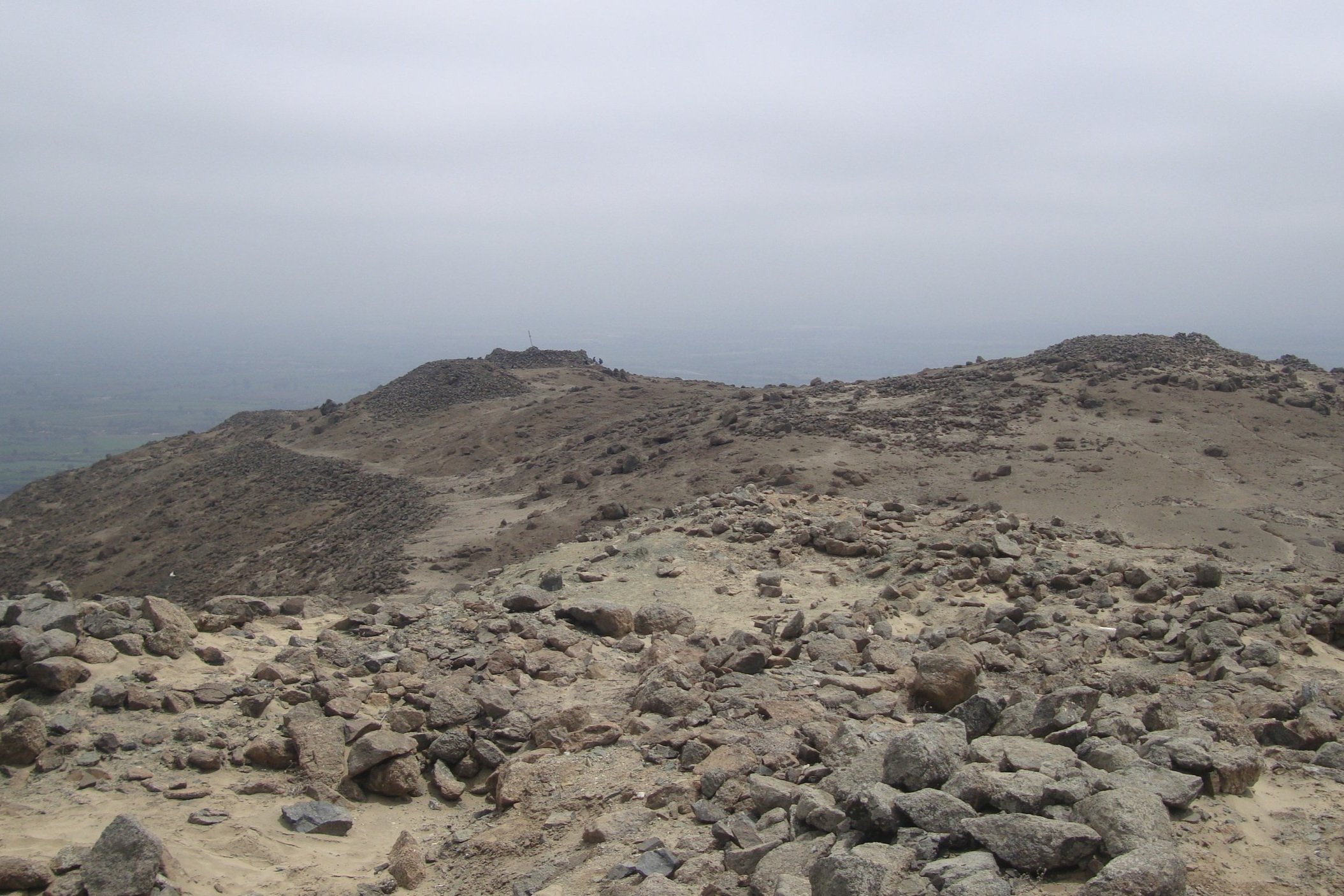
Research
My research
My main research interests involve ancient Mesoamerican foodways and diets; geographic movement of pre-Columbian populations; Aztec (Mexica) society, religion, and decolonizing human sacrifice; the use of non-humans in Mesoamerican ritual contexts; the origins and use of Theobroma cacao (chocolate) and maize by pre-Columbian peoples; Indigenous and decolonial approaches in archaeology; childhood and children in archaeology, and the forensic application of stable isotopes.
My methods
My research methods include carbon, nitrogen, and oxygen stable isotope analyses of human and non-human tissues. In my recent projects, in addition to stable isotopes, I am applying radiogenic isotopes (Sr, Pb) to expand on geographic information of human samples, paleoproteomics to expand our knowledge of Aztec (Mexica) diets, and collagen peptide mass fingerprinting (ZooMS) and ancient DNA analyses for the identification of exotic non-human animal species from Aztec (Mexica) ritual contexts.
Methods expertise
Isotope Geochemistry and Biomolecular procedures:
Bone and dentine collagen extraction
Bone structural carbonate pre-treatment
Bone consolidant removal
Silver phosphate extraction
Tooth embedding and thin-sectioning
Micro-milling tooth enamel
Protein extraction from dental calculus
Analytical measurement of collagen, structural carbonate, and silver phosphate to obtain stable isotope values from skeletal samples.
In-situ analysis of tooth enamel via thermal laser ablation (LA-GC-IRMS) to obtain carbon and oxygen isotope values.

Graduate Research
My PhD project applied stable carbon, nitrogen, and oxygen isotope analyses to study dietary and geographic residential patterns of Aztecs at the residential site of San Cristóbal Ecatepec and of Aztec (Mexica) human sacrifices recovered from the Templo Mayor of Tenochtitlan and the Templo R of Tlatelolco (Basin of Mexico) during the Late Postclassic period.
My MA research applied stable carbon and nitrogen isotope analyses to study the diets of pre-Columbian peoples in the Soconusco region (Chiapas, México, and Guatemala) from the Late Archaic to Postclassic periods.
Ongoing Collaborations
“Letting the Cats out of the Bag: Taxonomic Identification of Felids from Offerings at the Templo Mayor of Tenochtitlan”, with Dr. L. López Luján and I. Elizalde Mendez (Templo Mayor Project, INAH), and Dr. C. Speller (UBC). This project involves the taxonomic identification of felids recovered from Templo Mayor ritual offerings with the application of ZooMS (collagen peptide mass fingerprinting) and ancient DNA.
I’m collaborating with the Templo Mayor Project (INAH) directed by Dr. L. López Luján, as well as with Dr. F. J. Longstaffe (UWO), and Dr. R. McMillan (UBC) to analyze human skeletal samples via stable carbon, nitrogen, and oxygen isotopes and radiogenic isotopes to obtain dietary and geographic information about individuals recovered in the ritual offerings at the Templo Mayor of Tenochtitlan.
I’m collaborating with my UBC colleagues Drs. M. Blake, C. Speller, S. Zarrillo, D. Weis, and R. McMillan, and PhD student Lindsey Paskulin on a new project to gain insights on the origins and use of Theobroma cacao (chocolate) in the Americas by analyzing ceramics from sites in South America, Central America, and Mexico.
I’m collaborating with Université du Québec à Trois-Rivières colleagues, Dr. A. Sghinolfi and Dr. J. Millaire, and our Peruvian colleague, F. Castillo Luján, on field and laboratory research in Peru. We are currently developing two research projects: (1) “Times of Change:The Puerto Moorin/Salinar phase in the Huacapongo Valley”, and (2) “The Tomaval Period and the Origins of the Chimú Empire as seen from the Virú Valley, Northern Peru” focused on providing insights on the origins of the Chimú Empire as seen from the coastal Virú Valley during the Tomaval period (ca. 750-1100 CE), a transitional period between the collapse of the Moche and apogee of the Chimú.
Photo by Dr. A. Sghinolfi






